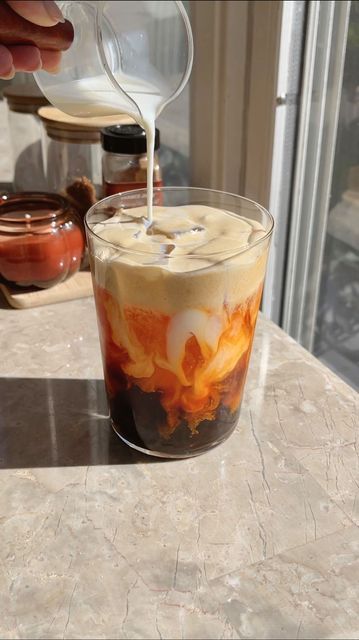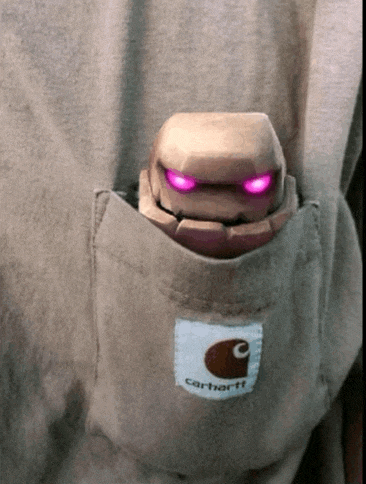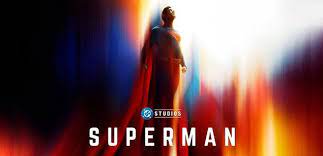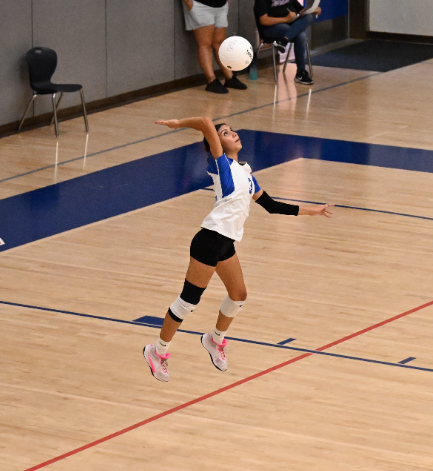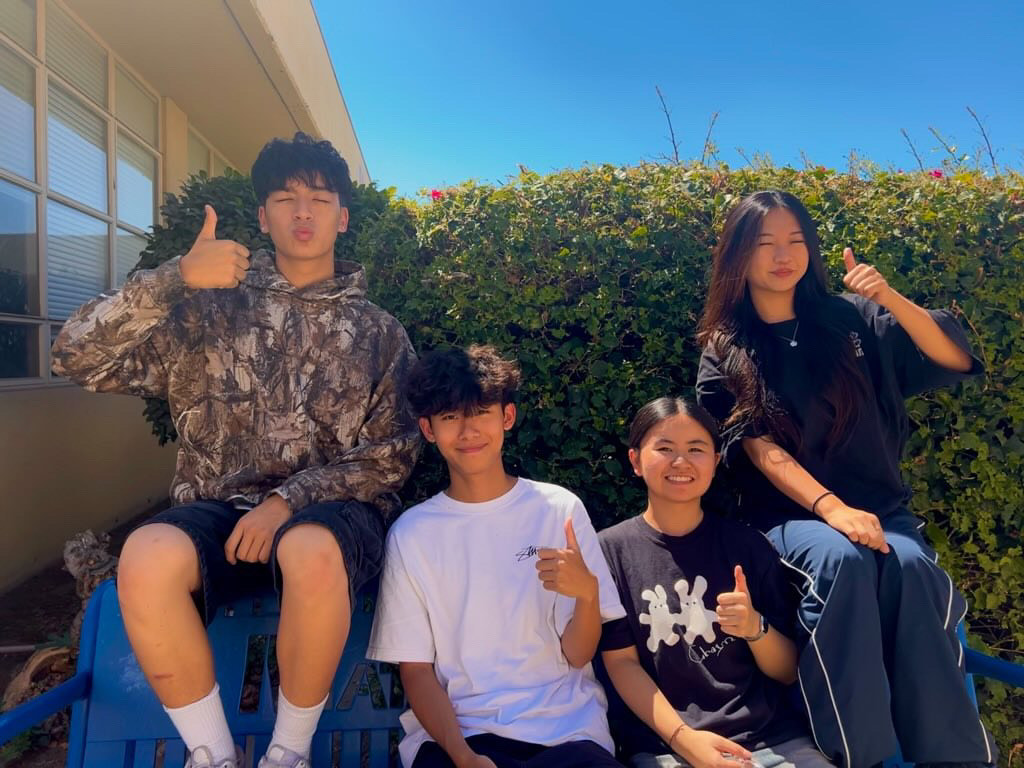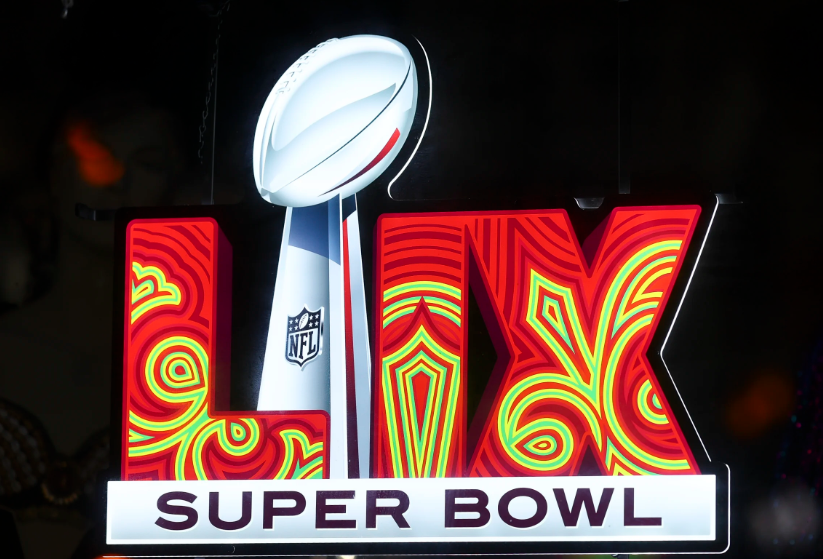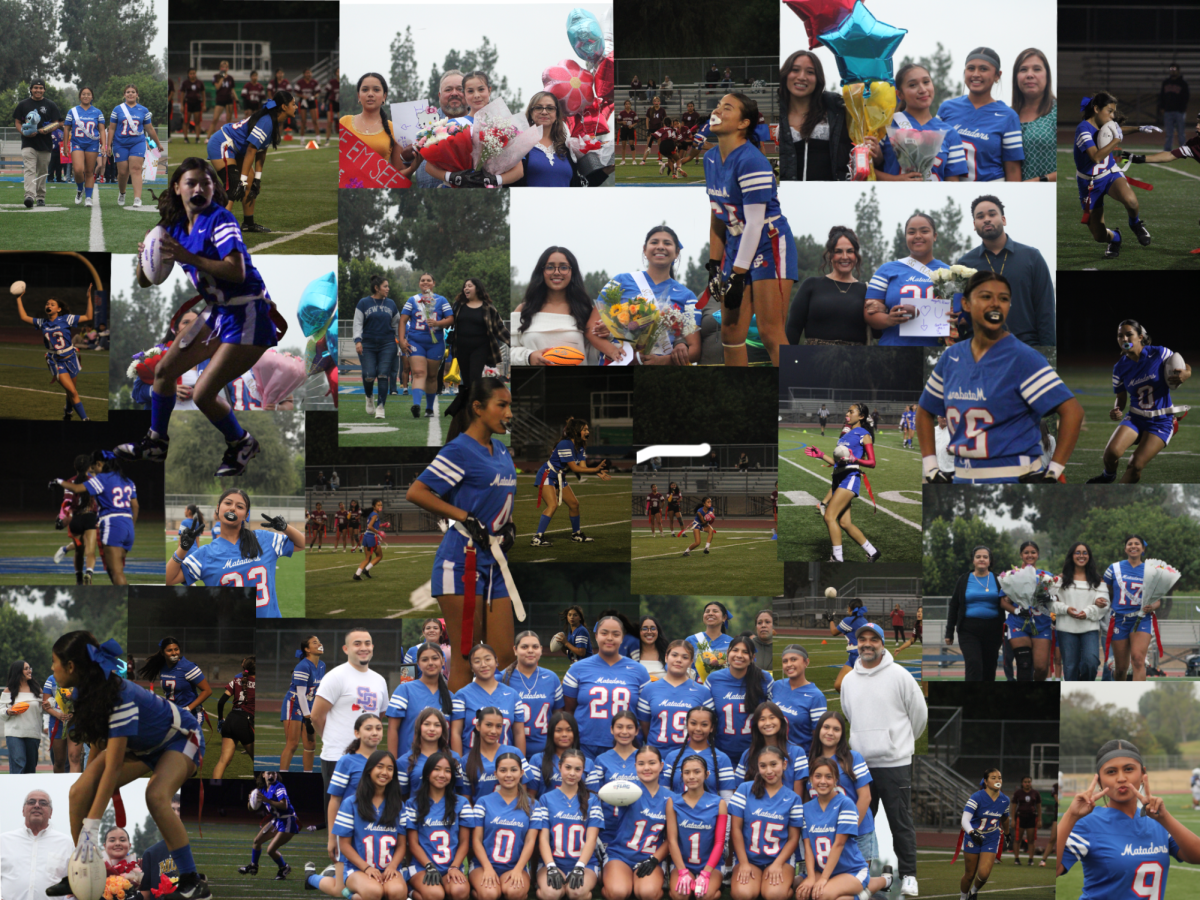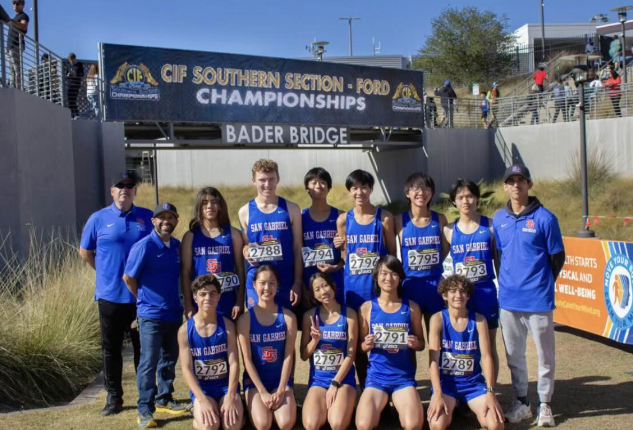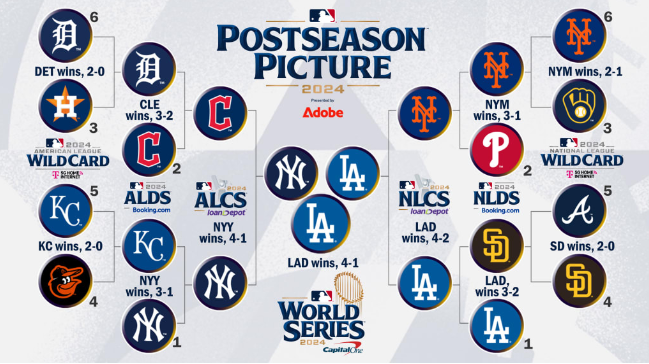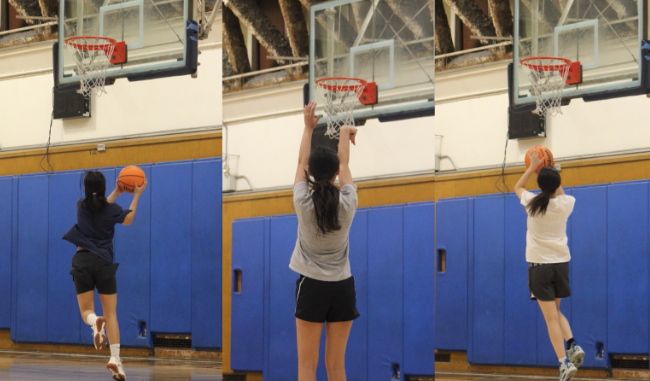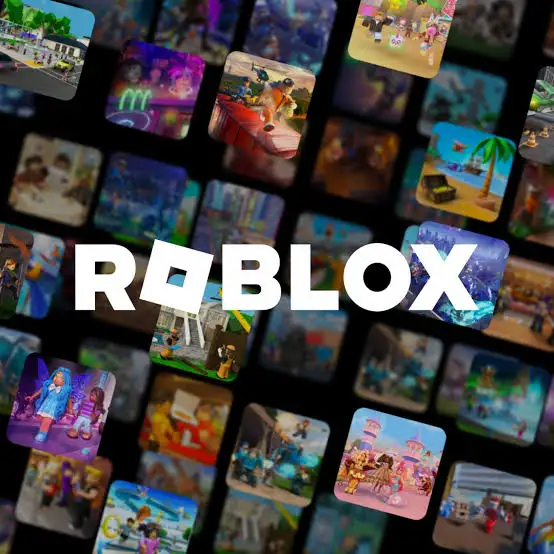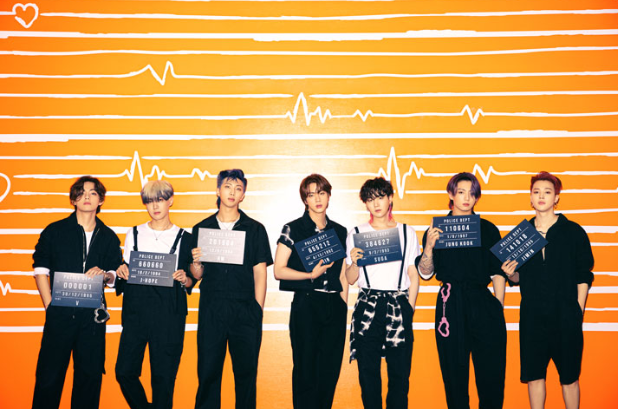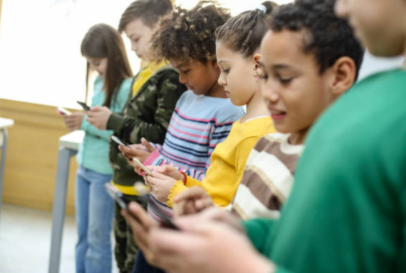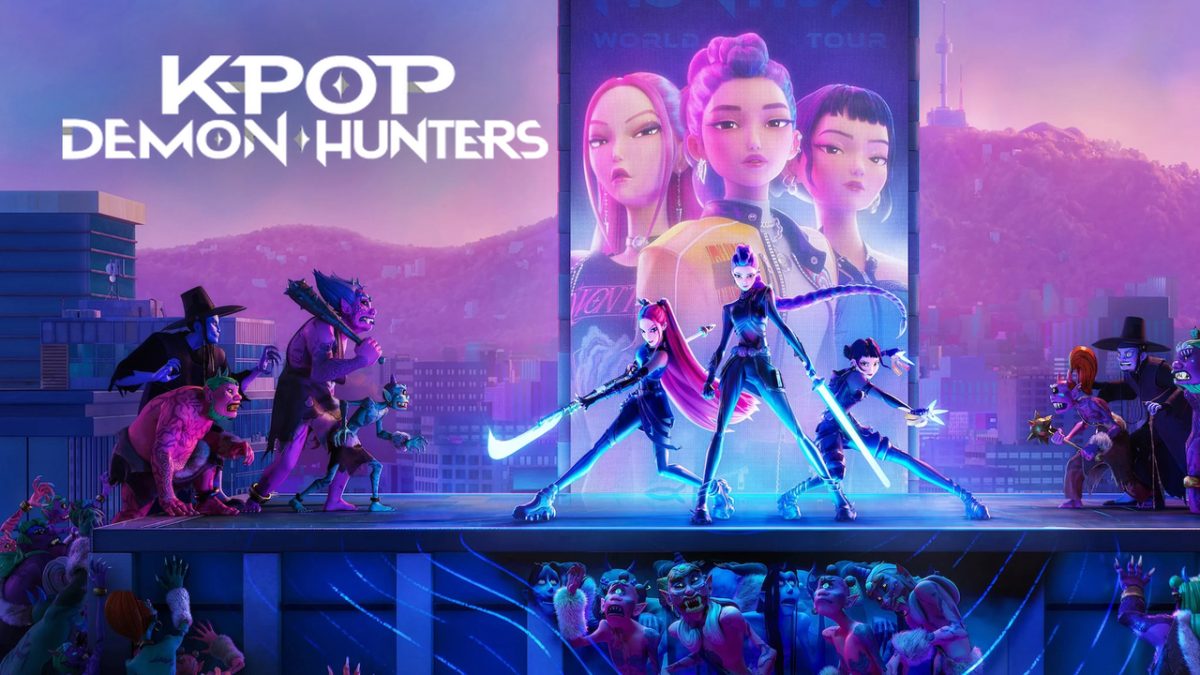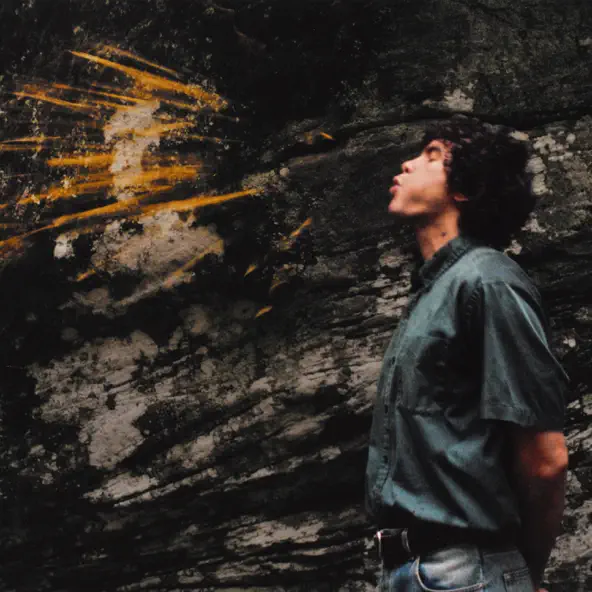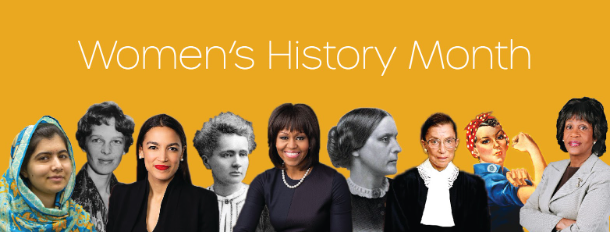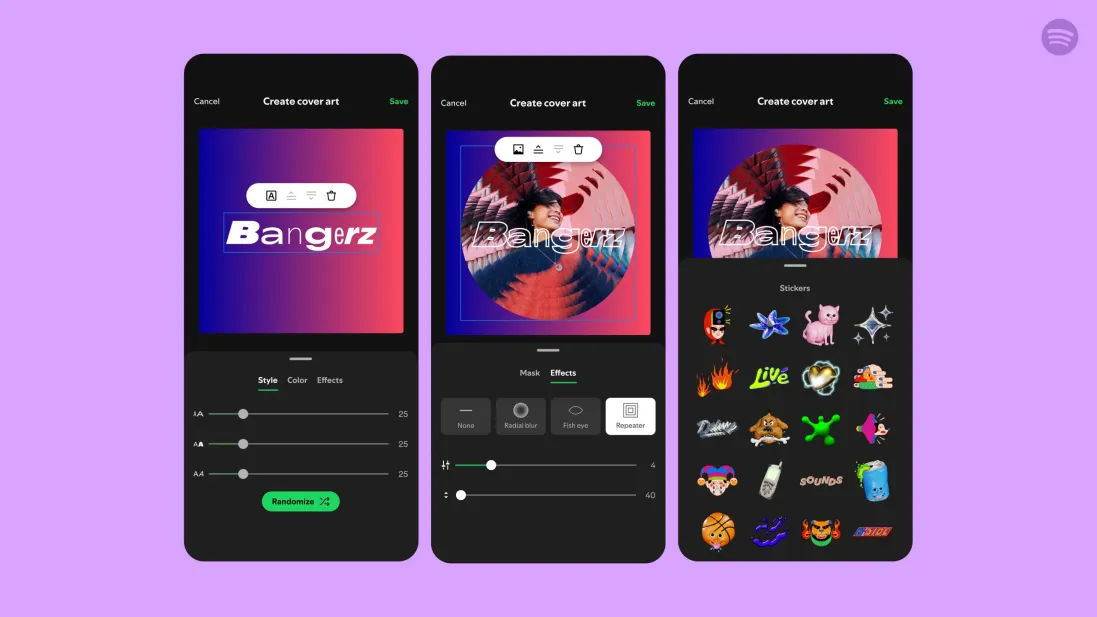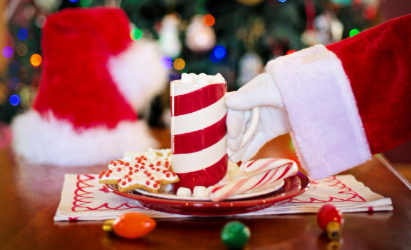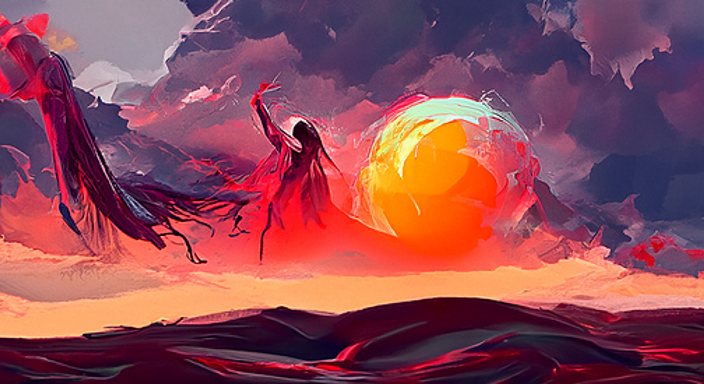Art has always been a reflection of human creativity, culture and expression. However, in recent years, artificial intelligence (AI) has emerged as a disruptive force, challenging traditional notions of artistry. From portraits to landscapes, AI-generated art has exploded in popularity, blurring the lines between human and machine creativity. As AI art gains traction, it raises questions about the future of art, the role of technology in creative expression, and the value we place on human ingenuity.
AI art is created using machine learning algorithms trained on images, styles, and techniques. Programs like OpenAI’s DALL-E, MidJourney, and Stable Diffusion enable users to generate artwork by inputting descriptive text prompts. For example, a user can type “Cozy bedroom with dim lights, in the style of Van Gogh,” and the AI will produce a unique image that aligns with the description.
AI art has gained popularity for several reasons, one of the main reasons being that it is fast and efficient. AI generates images in a matter of seconds, making it easily accessible for industries like advertising, graphic design and content creation when deadlines are tight. Another reason is that artists like to experiment with AI by blending styles and concepts that would be difficult to achieve manually.
Despite AI’s appeal, it has sparked significant debate. Issues with copyright and ethical concerns were brought up, as AI models are trained on existing artworks by unconsenting artists, scraped from the internet. This had led to accusations of intellectual property theft and exploitation, as AI-generated art can closely mimic the styles of these artists. Critics also argue that AI diminishes the value of human skill and creativity, as the machine does the heavy lifting of what would be the artist’s role as a creator come to be.
As AI art continues to evolve, its role in society will only grow more complex. The rise of AI is only a testament to the transformative power of technology. While AI pushes the boundaries of creativity, it also forces us to reexamine the roles of traditional artists and the nature of artistic expression.
